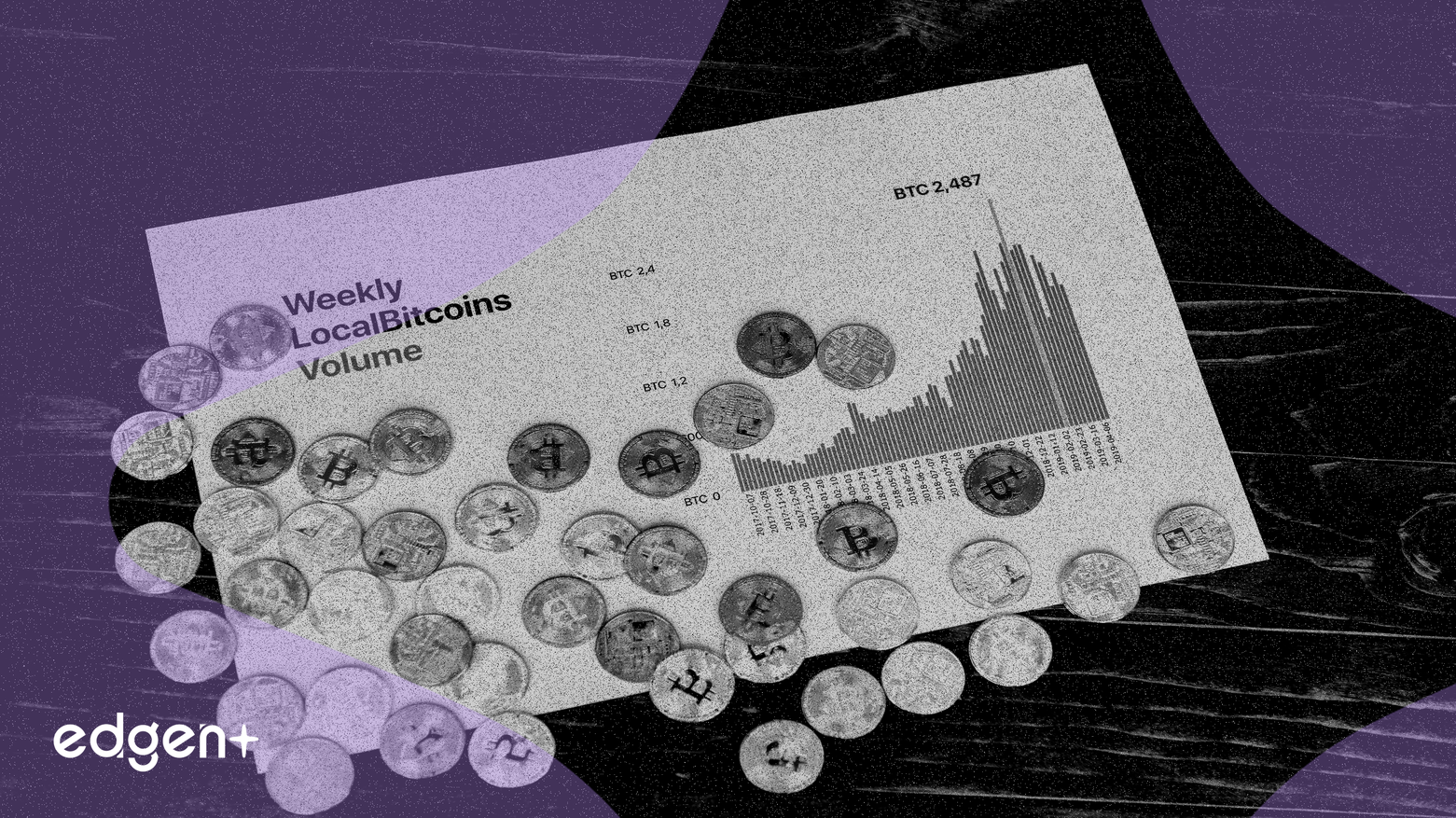Related News

USDC Treasury Mints $250 Million on Solana, Boosting Network Liquidity
## Executive Summary The **USDC Treasury** has minted an additional 250 million **USDC** on the **Solana** blockchain, a move that injects significant liquidity into the ecosystem. This event, tracked and broadcast by the blockchain monitoring service **Whale Alert**, is widely seen by market participants as a bullish signal, indicating fresh capital inflows and growing demand for stablecoin utility on the **Solana** network. This action reinforces **USDC**'s position as a foundational stablecoin across multiple high-growth blockchains. ## The Event in Detail Blockchain data confirms that the **USDC Treasury**, the entity responsible for issuing the **USD Coin** stablecoin, executed a transaction to create 250,000,000 new **USDC** tokens. "Minting" is the process by which new stablecoins are created and enter circulation; in the case of **USDC**, each token is backed by an equivalent value of U.S. dollar-denominated assets held in reserve. The transaction, valued at approximately $250.05 million, was identified by **Whale Alert**, a platform that automatically detects and reports large-scale cryptocurrency transactions, providing transparency to the broader market. ## Market Implications The direct injection of $250 million in liquidity has several key implications for the market. For the **Solana** ecosystem, it provides a substantial capital base to support its decentralized finance (DeFi) protocols, potentially leading to increased trading volumes, higher total value locked (TVL), and greater user activity. For **Circle**, the issuer of **USDC**, it demonstrates a continued commitment to a multi-chain strategy, ensuring its stablecoin is present and functional on high-throughput networks where demand is surging. For traders, such a large mint is often viewed as a precursor to increased buying pressure, signaling that significant capital is being prepared for deployment within the crypto market. ## Expert Commentary Market analysis and academic research indicate that large stablecoin minting events, especially when publicized by services like **Whale Alert**, can influence short-term market sentiment. A notable study focusing on **Tether (USDT)** minting events found a correlation between such announcements and subsequent positive price movements in **Bitcoin (BTC)**, particularly during bull markets. Analysts theorize that traders use these minting alerts as a leading indicator, anticipating that the newly created liquidity will be used to purchase other digital assets. The transparency provided by on-chain monitors allows market participants to react in near real-time to shifts in stablecoin supply. ## Broader Context This event occurs within the larger competitive landscape of Layer 1 blockchains, where access to deep, reliable liquidity is crucial for ecosystem growth. The expansion of **USDC** on **Solana** is a strategic move that helps the network compete with **Ethereum** and other platforms for DeFi market share. It also highlights the indispensable role of asset-backed stablecoins as the primary medium of exchange and unit of account within the digital asset economy. As institutional interest in DeFi grows, the seamless availability of trusted stablecoins like **USDC** on high-performance blockchains remains a critical factor for adoption.

GAIB Initiates Token Buyback Following Premature Sales by Institutions
## The Event in Detail **GAIB AI** has initiated a mandatory buyback program, compelling external institutional partners to repurchase tokens they sold prematurely. According to the project's official announcement, these institutions breached contractual obligations that restricted the sale of their allocated tokens. The buyback is structured as a forced repurchase of all tokens sold in violation of the agreement, with GAIB demanding full accountability for the contract breach. This action is a direct response to the unauthorized supply hitting the market, a measure intended to counteract potential negative price pressure. The mechanics of the buyback resemble a repurchase agreement, albeit one enforced retroactively due to a contractual dispute rather than a pre-planned financial arrangement. ## Market Implications The premature sell-off by institutional partners introduced significant downward pressure on the **GAIB** token's market price. The buyback program is a defensive maneuver designed to absorb this unauthorized supply, stabilize the price, and signal a commitment to token value. However, the incident raises material questions about the project's due diligence and the stability of its institutional partnerships. This event unfolds as **GAIB** secures listings on major trading venues, including **Bybit** and **Kraken**. Bybit's listing, in particular, was framed as a strategic investment in the convergence of AI and Decentralized Finance (DeFi). The exchange noted the project's goal to tokenize productive assets like GPU clusters and data centers. This latest development complicates GAIB's market narrative, creating uncertainty that may temper investor enthusiasm. ## Expert Commentary The controversy has drawn commentary from market observers, including the renowned trader **CBB**, who has previously raised questions about **GAIB's** lack of transparency. These concerns are compounded by allegations circulating within the crypto community that the project is recycling user funds to farm its own airdrops and has yet to furnish third-party proof of funds. In a public statement, GAIB's CEO asserted that client withdrawals are operating normally, but this has done little to silence critics. The absence of independent financial audits remains a key point of contention, leaving the project vulnerable to accusations of mismanagement and a lack of verifiable financial health. ## Broader Context This incident at **GAIB** underscores the persistent governance and counterparty risks inherent in the digital asset ecosystem. The situation mirrors other cases where a lack of stringent internal controls and corporate oversight has led to financial instability or misconduct, such as the recent conviction of a Chief Financial Officer for misappropriating $35 million in company funds into high-risk DeFi protocols. For a project like **GAIB**, which aims to merge real-world assets with decentralized financial structures, establishing unimpeachable transparency and robust contractual frameworks is paramount. The project's success will ultimately depend not only on its technological execution in tokenizing AI infrastructure but also on its ability to build and maintain trust with its partners and the broader market.

Dogecoin Hits Multi-Month Lows, Yet Whale Accumulation and Exchange Inflows Signal Potential Reversal
## The Event in Detail On November 20, 2025, **Dogecoin (DOGE)** experienced a significant price decline, falling from an opening price of $0.160 to a low of $0.149. This move broke below the critical multi-session support level of $0.155, triggering concerns of further downside. The price drop was accompanied by a notable spike in trading volume, which rose to 1.264 billion tokens, representing a 168% increase above the recent average. This indicates a high level of conviction among sellers once the support level was breached. ## Market Implications The current market for **Dogecoin** is defined by a sharp conflict between bearish technical indicators and bullish on-chain data. The failure to hold the $0.155 support level technically exposes the asset to further declines, with lower demand zones potentially being the next target. However, on-chain metrics suggest a different narrative. For the first time in six months, the net flow of **DOGE** to cryptocurrency exchanges has turned positive. Historically, such a shift from net outflows to inflows has appeared near market bottoms, suggesting that selling pressure may be nearing exhaustion. Adding to this bullish undertone is the significant accumulation by large-scale investors, or "whales." Over the past two weeks, wallets identified as whales have added 4.72 billion **DOGE** (approximately $770 million) to their holdings. This aggressive buying during a period of price weakness suggests that these major market participants view the asset as undervalued at its current levels. ## Expert Commentary Market analysts remain divided due to the conflicting signals. Some technical analysts highlight the risk of a continued downtrend. According to commentary from analyst Cheds, a failure for **Dogecoin** to reclaim its stability above the $0.16 mark could initiate a sharp correction of approximately 33%, potentially driving the price down into the $0.11-$0.12 range. Conversely, on-chain analysts point to the strong whale accumulation and the positive flip in exchange flows as foundational evidence for a potential market reversal and the formation of a local bottom. ## Broader Context The accumulation trend observed in **Dogecoin** is not occurring in isolation. A similar pattern of "smart money" activity is being noted in the **Bitcoin (BTC)** market, where the number of entities holding at least 1,000 **BTC** has seen a sharp increase as its price has dipped to multi-month lows. This parallel suggests a broader strategy among large capital players to accumulate major cryptocurrencies during periods of market weakness. The situation is further complicated by external factors, such as the potential for a spot **Dogecoin** ETF approval. Such a development could serve as a major catalyst, potentially leading to an immediate repricing of the asset and overriding the present technical downtrend.
